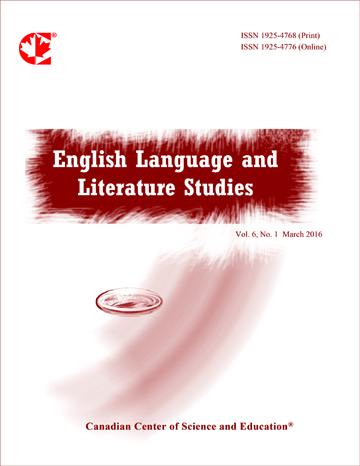Apocalyptic Imagery and Its Significance in James Fenimore Cooper’s The Prairie
- Sabri Mnassar
Abstract
This article analyzes the meaning and significance of the apocalyptic imagery and metaphors used in James Fenimore Cooper’s The Prairie. It examines the peculiar features and characteristics of the setting of Cooper’s novel and studies the ways and techniques through which the prairie is portrayed as an apocalyptic place. Among these techniques is Cooper’s use of ocean imagery, the gothic and apocalyptic scenes. This article also examines the importance of the setting of The Prairie in underlining Cooper’s own attitude towards the causes and origins of the apocalypse. It suggests that the apocalypse is caused by mankind rather than by divine will and that human environmentally-hazardous practices and behaviour are the main causes of the earth’s becoming a gloomy and uninhabitable place. In order to emphasize this idea, this paper analyzes two of the most powerful and apocalyptic scenes in Cooper’s novel which are the buffalo stampede and the prairie fire. It suggests that these scenes highlight Cooper’s warning about the threats and dangers of the thoughtless destruction of the natural environment. Due to the recurrent use of apocalyptic terms, imagery and metaphors, this article suggests that The Prairie is the most pessimistic of Cooper’s novels and that it announces the death of the author’s ideal myths.
- Full Text:
 PDF
PDF
- DOI:10.5539/ells.v6n2p91
